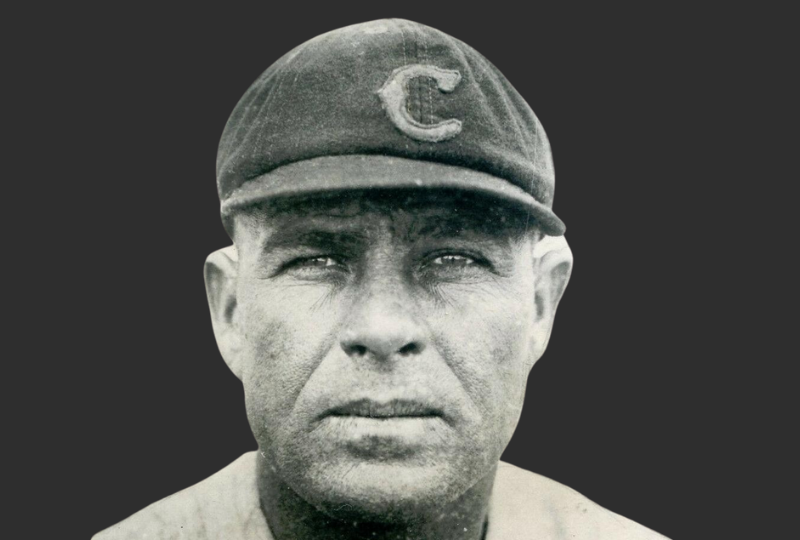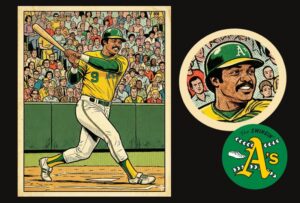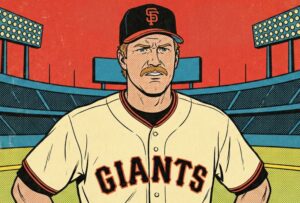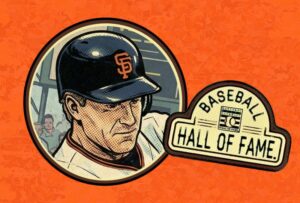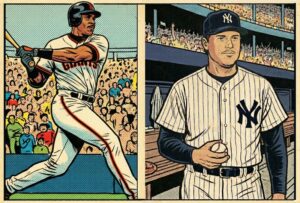Here’s an excerpt from my upcoming book Ballplayers: Baseball’s Greats Remembered, Ranked, and Revealed. In this article, I examine an oft-forgotten, hard hitting outfielder who may have, given different circumstances, become a legend.
I’m not the first to note the similarities between Curt Walker and Ross Youngs, a contemporary Hall of Fame outfielder (both of whom appear on our list of the greatest right fielders of all-time).
Comparing Ross Youngs to Curt Walker
Curt Walker and Ross Youngs were both born on the outskirts of San Antonio, about 85 miles from each other. Walker was born nine months before Youngs, in 1896. Both were in the Austin area when Youngs started his professional career: Walker was playing college ball for Southwestern University. Their paths must have crossed on a dusty Texas diamond at some point.
Both Walker and Youngs were originally scouted and signed by John McGraw’s Giants. But the old man was more impressed with Youngs’ speed and Walker was cut loose, signing with the Phillies. Both players were corner outfielders in the National League in the 1920s. Both batted left-handed but threw right. They were nearly the exact same size. The statistical record suggests Walker was the better defensive outfielder, despite his deficit in speed compared to Youngs.
Neither Walker nor Youngs were power hitters: they each averaged 50 extra-base hits per season. Both were very difficult to strike out, but Curt more so, only 30 times per year. One season, Walker struck out just 14 times. Youngs stole more bases and with better success. They each ended up with about 1,500 hits and similar numbers in total bases and extra-base hits. Youngs walked a little more than Walker. Their career slugging percentage is nearly identical, but Youngs has an edge in OPS (839 to 813) basically because of the advantage he has in batting average, which is about 20 points. That’s not insignificant, but their career totals are pretty similar.
The Giants and Mr. Youngs appeared in four straight World Series in the 1920s. Youngs played very well in three of those series. He was beloved by his teammates and the fans in right field at the Polo Grounds. Meanwhile, Mr. Walker played on only two teams that finished above fourth place and never sniffed a pennant race. The only time he played meaningful games after September 1st was in 1926 with the Reds when they finished two games back of the Cardinals. Suffice to say, Ross Youngs may have been a similar player to Curt Walker, but he was much more famous. He died shortly after the 1927 season at the age of 30 from a rare disease and many years later was awarded a Hall of Fame plaque. Walker lived on, returned to rural Texas, and operated a funeral home.

